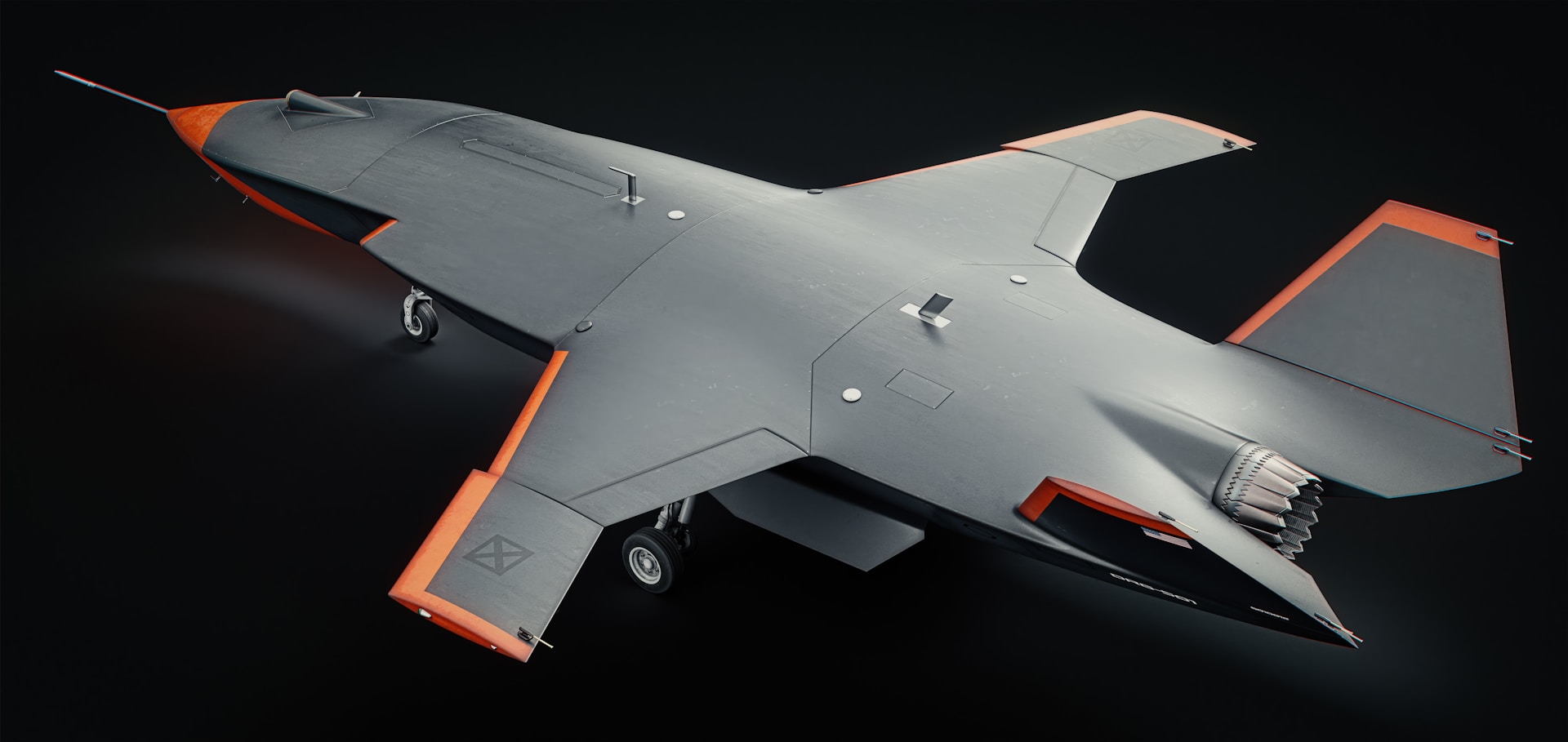
AI-powered drones are transforming modern warfare with autonomous capabilities
A consumer-grade AI chip priced under $250 is now the 'brain' behind killer Russian drones. NVIDIA's Jetson Orin modules, originally designed for developers and makers, are being repurposed to power autonomous combat drones that can identify and engage targets without human intervention—fundamentally changing the dynamics of modern warfare.
The $249 Game-Changer: NVIDIA Jetson Orin Nano
At the heart of this technological transformation is NVIDIA's Jetson Orin Nano, a palm-sized AI module that retails for approximately $249. Designed for robotics developers, students, and AI enthusiasts, this powerful system-on-module delivers up to 40 TOPS (trillion operations per second) of AI performance while consuming as little as 7-15 watts of power.
Originally intended for applications like autonomous mobile robots, intelligent video analytics, and AI-assisted medical devices, these affordable AI modules have found their way into military applications through what experts call "dual-use technology"—commercial products that can be repurposed for military use.
Jetson Orin Nano Specifications:
- AI Performance: Up to 40 TOPS
- Power Consumption: 7-15W
- GPU: 512-core NVIDIA Ampere architecture
- CPU: 6-core ARM Cortex-A78AE
- Memory: 8GB 128-bit LPDDR5
- Price: $249 (developer kit)
Russian Drone Systems: V2U and MS001 'Digital Predator'
Russian forces have integrated these AI modules into several drone systems, with two prominent examples being the V2U reconnaissance-attack drone and the MS001 "Digital Predator" loitering munition.
V2U Attack Drone
The V2U drone incorporates the NVIDIA Jetson Orin chip mounted on a Chinese-made Leetop A203 mini-computer. This system enables:
- Autonomous target identification and selection
- Real-time image processing capabilities
- Obstacle avoidance and navigation in GPS-denied environments
- Integration with Intel wireless components and Sony imaging sensors
MS001 'Digital Predator'
The MS001 "Digital Predator" represents a more advanced implementation, featuring:
- Thermal imaging capabilities for night operations
- Swarm coordination with other drones
- Advanced autonomous targeting even amid electronic jamming
- Ability to adjust trajectory and select optimal attack angles
Military Analyst Insight: "The integration of commercial AI technology into combat systems represents a paradigm shift in warfare. These systems can process visual information, identify targets, and make engagement decisions faster than human operators—all for a fraction of the cost of traditional military systems." - Defense Technology Review
Broader Implications: Cheap AI Escalating Warfare
The use of affordable AI technology in combat systems has significant implications for modern warfare and global security:
Accessibility and Rapid Deployment
The low cost of these AI systems dramatically lowers the barrier to sophisticated autonomous weapons capabilities. Nations and non-state actors that previously couldn't afford advanced military technology can now deploy AI-powered systems at scale.
Strategic Consequences
Autonomous targeting systems increase lethality while potentially reducing decision-making time and human oversight. The ability of drone swarms to coordinate attacks presents challenges for traditional defense systems.
Export Control Challenges
While NVIDIA officially restricts sales of these chips to Russia, enforcement remains challenging due to global supply chains and civilian applications. The dual-use nature of this technology creates significant regulatory gaps.
Ethical Considerations:
The deployment of autonomous weapons systems raises critical questions about accountability, proportionality, and the role of human judgment in lethal decision-making. International organizations continue to debate frameworks for governing these technologies.
Countermeasures and Western Response
In response to these developments, Ukraine and its allies are developing and deploying countermeasures:
AI Strike Kits
Under a $50M U.S.-German deal, Ukraine is receiving 33,000 AI drone "strike kits" that convert manual drones into autonomous, jam-resistant systems with target tracking capabilities.
Electronic Warfare
Advanced jamming systems are being deployed to disrupt the communication links and navigation systems of AI-powered drones.
AI Counter-Drone Systems
Western defense contractors are developing AI-powered systems specifically designed to detect, track, and neutralize hostile drones.
Export Control Enhancements
International efforts are underway to strengthen export controls on dual-use technologies with military applications.
The Future of AI in Warfare
The integration of affordable AI technology into combat systems is likely to accelerate, with several trends emerging:
Future Projections:
- Increased Autonomy: Future systems will require less human oversight and make more complex decisions independently
- Swarm Intelligence: Coordinated attacks involving dozens or hundreds of AI-powered drones
- Adaptive Learning: Systems that learn from previous missions and improve performance over time
- Counter-AI Development: Defensive systems specifically designed to defeat AI-powered weapons
- International Regulation: Growing calls for treaties governing the use of autonomous weapons systems
Conclusion: The New Era of Accessible AI Warfare
The use of $249 NVIDIA Jetson Orin modules in Russian combat drones represents a significant milestone in the democratization of advanced military technology. These systems demonstrate how commercially available AI components can be repurposed to create sophisticated autonomous weapons, fundamentally changing the dynamics of modern warfare.
This development raises critical questions about export controls, ethical use of AI in combat, and the future of international security. As AI technology continues to advance and become more accessible, the line between commercial and military applications will continue to blur, presenting both challenges and opportunities for nations worldwide.
The rapid integration of these technologies into current conflicts suggests that the era of accessible AI warfare is not a distant future possibility—it is already here, and its implications are only beginning to be understood.
Published by: Robo Orion
Date: September 5, 2025
Category: Military Technology, AI Applications
Sources: Cybernews, Ukrainian Pravda, The Defense Post, The Tech Tribune, Financial Times